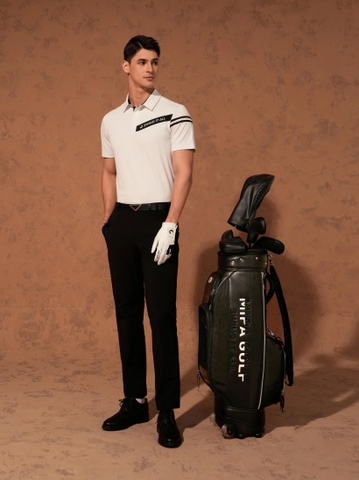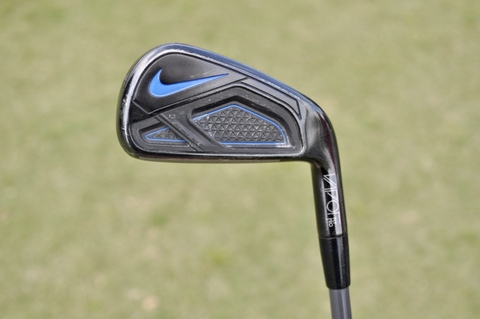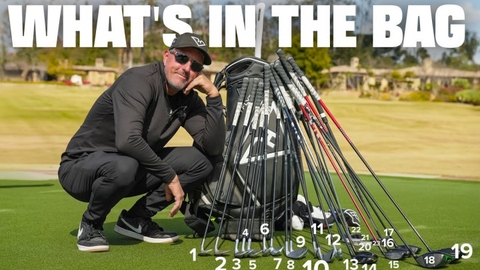-
-
-
Total:
-

Is a Mini Driver really better than a 3-wood?
Mini drivers are gaining popularity, but are they truly superior to 3-woods for maximizing distance and controlling shots?
If you've heard that a mini driver could be a game-changer for your tee shots, you're not alone. Many golfers claim that a mini driver has significantly improved their distance and consistency off the tee. However, before you rush to buy one just based on rave reviews, it's crucial to understand this club and whether it genuinely outperforms a traditional 3-wood in specific situations.
Let's start with the most obvious difference: clubhead size. A traditional 3-wood typically has a shallow face, with clubhead volumes ranging from 150 to 180cc. A mini driver, on the other hand, will have a noticeably deeper face, with clubhead volumes around 300 to 340cc. This larger clubhead generally makes the mini driver easier to hit than a 3-wood, especially for those who struggle with off-center strikes, particularly when hitting low on the face. Additionally, using a larger clubhead makes it easier to make solid contact, even on imperfect swings.
In terms of shaft length, mini drivers are usually around 43.75 inches, while 3-woods have shafts between 43 and 43.5 inches. Both are easier to control than a standard driver, so there isn't a significant difference here. However, with its slightly longer shaft, a mini driver can potentially help players achieve more distance.

Distance Considerations
Speaking of distance, if your driver distance is 240 yards and your 3-wood is around 210 yards, a mini driver might help you gain more yardage compared to your 3-wood. This could create a situation where you have two clubs at the top of your bag that go similar distances.
This can be beneficial if you frequently use your 3-wood from the tee rather than from the fairway. However, if your mini driver goes almost as far as your regular driver, you might struggle when choosing your next club, whether it's a fairway wood, hybrid, or long iron. You don't want "gap" distances that make club selection difficult and make your longest shots harder to control.
The good news is that both mini drivers and 3-woods typically have adjustable lofts, so you can fine-tune the loft to match your desired distances.
When to Choose a Mini Driver
A mini driver is an ideal choice if you primarily need a tee-shot alternative to your regular driver and have a positive angle of attack. If you hit up on the ball (creating a positive angle of attack), a mini driver will maximize its advantages, whereas hitting down will create a negative angle of attack. If you consistently have a neutral or positive angle of attack with most clubs in your bag, the deeper face of a mini driver could be a big benefit. The chances of hitting the ball well and far are higher when you use a mini driver much like a driver.
However, the 3-wood truly shines when hitting from the fairway. Its wider, flatter sole makes it easier to execute shots from the fairway, especially from light rough. While mini drivers have been improved for fairway play, they still present a greater challenge for the average golfer.
Ultimately, the choice between a 3-wood and a mini driver depends entirely on each player's individual needs and playing style. If you're looking for a tee-shot alternative to your driver, a mini driver is definitely worth considering. However, if you need a club that's easy to use both from the fairway and the tee, a 3-wood remains an indispensable option.
Share:
 Vietnam
Vietnam
 English
English
 Korea
Korea
 China
China











